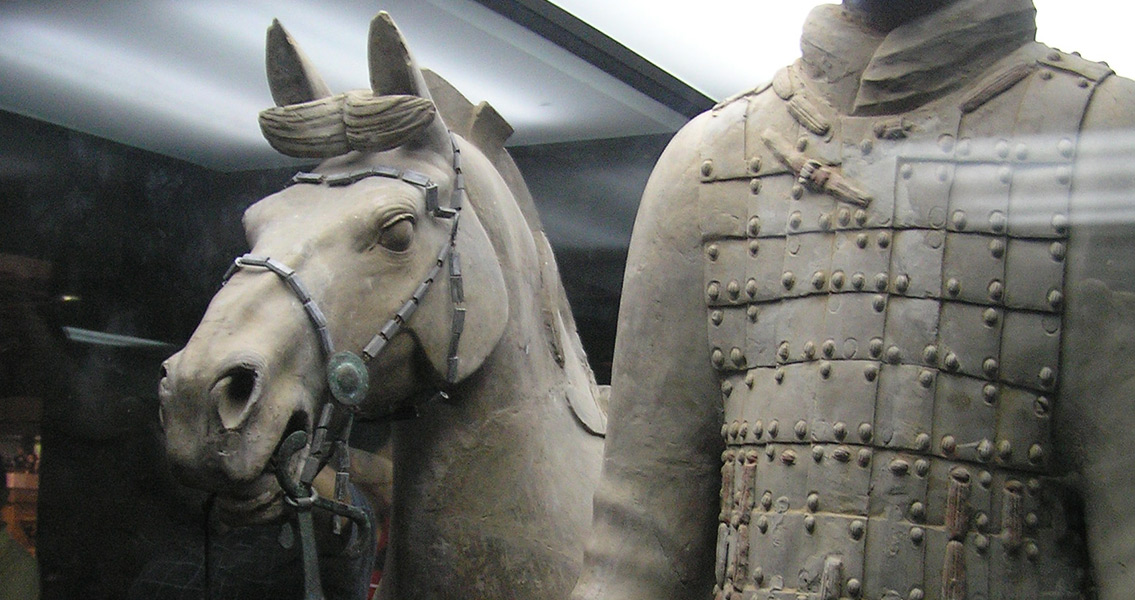<![CDATA[More items continue to be discovered at the well-known site of the iconic Chinese Terracotta Warriors, the latest of which include armor, stone helmets, and the remains of animals and relics relating to animals numbering in the thousands. Zhou Tie, the lead engineer at the Emperor Qinshihuang's Mausoleum Site Museum in China’s Shaanxi province, told China Daily.com a recent excavation had allowed a team of archaeologists to learn the mausoleum’s overall structure and led to the discovery of over 400 pits along with numerous tombs and small pits located around the site. The armor and stone helmets, which were also found outside of the mausoleum, are not believed to have been used in war and their actual function is still being researched. The ancient people from this time commonly used animals as burial items, and this emperor's tomb was no exception. The new findings have revealed that the thousands of animal-related relics discovered in the mausoleum make it the tomb in China with the highest number of animal species discovered to date. "Different animal species were unearthed in Emperor Qinshihuang's mausoleum, including real animals and those made of pottery or iron," Wu Lina, with the Emperor Qinshihuang's Mausoleum Site Museum told China Daily.com. During the Qin Dynasty, from 221 to 206 BCE, people were gradually beginning to grasp animal habits and starting to learn the necessary skills to raise and, to some extent, train them. Preliminary findings indicate the animal found most often at the mausoleum is the horse; horses in a variety of forms: copper, pottery, and horse bones uncovered in stable pits. Other animal artifacts unearthed from around the mausoleum include deer, swans, cranes and geese in addition to sheep, chicken, fish and turtle bones, and shellfish ornaments. The Mausoleum of the First Qin Emperor was constructed over the course of 38 years, between 246 and 208 BCE. Situated beneath a tomb mound in the shape of a truncated pyramid that stands 76 meters tall, the mausoleum’s layout is modeled after Xianyang, the Qin capital city, and divided into outer and inner cities. The inner city has a circumference of 2.5 km (1.55 miles) while the circumference of the outer city is 6.3 km (3.9 miles). The actual tomb is found in the southwest corner of the inner city, facing east. The main tomb chamber housing the coffin and burial artifacts is the core of the architectural complex of the mausoleum. The actual tomb has yet to be excavated. Excavations by archeologists are currently concentrated on a number of sites within the extensive necropolis that surrounds the tomb, including the Terracotta Army stationed at the tomb to defend it. ]]>
Thousands of Animal Artifacts Entombed with Emperor
